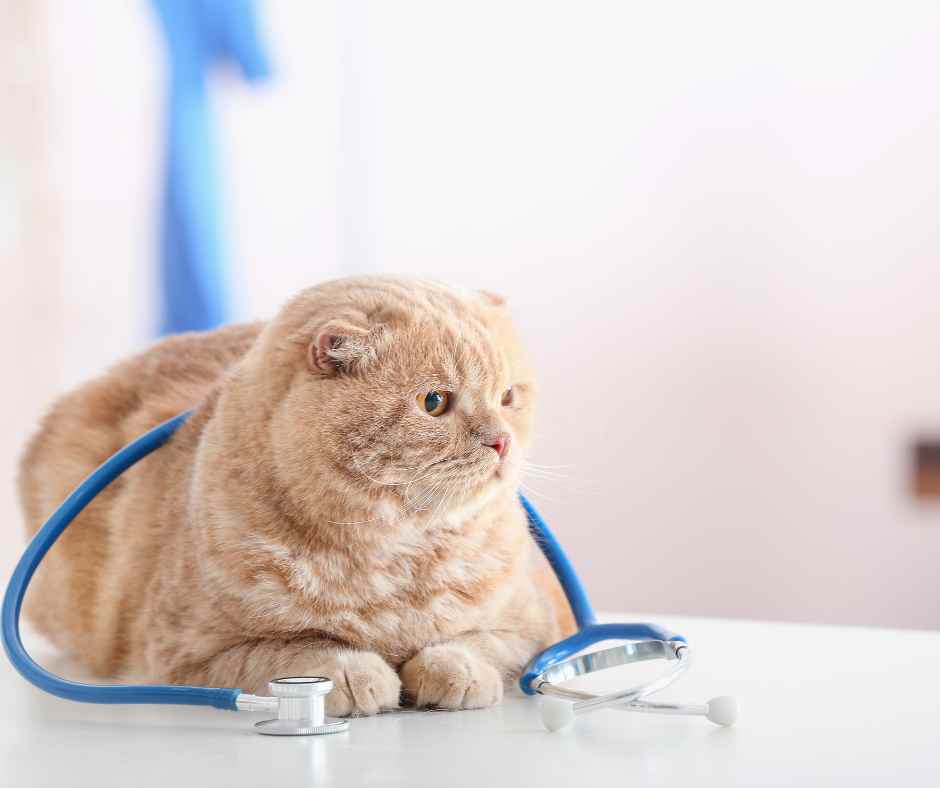Cats are your family, and you want to protect them at any expense. Their health and security are always your priority. However, accidents and diseases are also part of life. Felines being vulnerable, can get subjected to these unfortunate events.

That may land them in circumstances where they even lose their heartbeat and soon die. Hence, in such events, only one question pops into your head: how to bring my cat back to life? Can my cat come back to life? Is it even possible to bring a cat back to life?
It is understandable to get restless when your cat becomes unconscious or stops breathing. You want to provide it with a quick remedy. Hence, you rush to the vet. However, bringing a cat back to life is a complicated subject.
At times, you can do so through advanced medical inventions. But sometimes, nothing works, and you have to say goodbye to your furry kid. Nonetheless, let’s uncover the subject so you can get a clear answer to your query: how to bring my cat back to life?
Cardiopulmonary Resuscitation (CPR) – a way to bring your cat back to life
CPR is a medical procedure used in an emergency. It includes chest compressions, often accompanied by artificial ventilation. The procedure aims to preserve intact brain function manually. It continues until spontaneous blood circulation and breathing is restored via other measures.
Doctors use CPR for cats during respiratory and cardiac arrests. A respiratory arrest occurs when your feline loses consciousness as it can’t breathe. Cardiac arrest, on the other hand, takes place when a cat’s heart suddenly stops pumping.
Respiratory arrest always leads to cardiac arrest if enough measures are not taken to treat it. However, the heartbeat and breathing don’t stop simultaneously. The heart keeps beating for some minutes after the cat stops breathing.
Cardiac arrest is a medical emergency and should be treated at the vet. That’s because a veterinarian is better aware of handling severe health crises like respiratory and cardiac arrests. Thus, always consider going to the vet as your first option.
But how to know when your pet is having a cardiac arrest and should get CPR? Let’s find out!
Signs your cat needs CPR
There are some cautionary signs of respiratory and cardiac arrests that you must watch for and give your pet CPR. Those warnings are difficulty breathing, unconsciousness, weakness or lethargy, severely injured, and/or ill.
Moreover, there are different ways to ensure your furry kid is breathing normally. For instance, you can check the movement in your kitten’s chest. You can also feel for breath by putting your hand in front of its nose and mouth. Finally, you can place a mirror in front of your cat’s mouth and nose. If mist appears in the mirror, the four-legged animal is breathing normally.
Checking for a pulse is another way to determine whether your cat needs CPR. Put your fingers on the inner side of your pet’s thigh and wait briefly to inspect the pulse. You can also utilize a stethoscope to listen to your kitty’s heart. If it has no pulse, it needs CPR.
Finally, check your feline’s gums to know whether the furry kid should be treated with CPR. Usually, the cat’s gums are pink, so that’s not worrisome. However, the following are warning signs that you must watch for;
- Bluish or gray gums, suggesting the cat is not getting sufficient oxygen.
- White gums, indicating the furry creature has poor circulation.
Take your pet to the vet as soon as you witness one of the signs mentioned above. Nonetheless, you always need more time to wait for or visit a veterinarian. Thus, in such a situation, you must perform CPR on your cat until you reach the vet or get help. But how to do that exactly? Let’s dig up!
Performing CPR on a cat
Can my cat come back to life? You must be thinking after it loses breathing and heartbeat. Thus, your answer lies in the following CPR steps;
- Appropriate placement
First and foremost, place your unconscious or semi-conscious feline in a recovery position. Ensure that the furry creature is lying on its side on a cozy blanket or coat. That will aid your pet in preserving heat and feeling comfortable. Moreover, if a vehicle has hit your kitty, take it from the road to a secure spot for CPR.
- Look into the cat’s airway
After placing your pet correctly, check its airway. First, tilt back the cat’s head a little while it is lying on its side. Next, open your feline’s mouth and stretch out its tongue with your fingers. Now check if you see an obstruction in your pet’s throat.
If you can’t see any foreign object, then softly sweep the inner part of the cat’s mouth with your fingers. As a result, you may feel the obstruction.
Once you find the object obstructing the airway, remove it with your fingers – if possible – otherwise, use abdominal thrusts. Remember not to mistake small bones from the back of your pet’s mouth for a foreign object. They aren’t any obstructions but part of the cat’s larynx.
- Perform abdominal thrusts – if only required!
Failing to remove the obstruction by fingers requires the use of abdominal thrusts. Firstly, lift your kitten to bring its spine up against your chest. Then locate the lower part of the cat’s rib cage through your hands. Finally, clasp both hands under the last rib if your pet is not feeling discomfort.
If your furry baby is struggling, hold it by its scruff and make a fist under the last rib with another hand. Next, press your fist or clasped hands to the feline’s body, and push up. Repeat this thrust five times.
If the object doesn’t come out by the two methods mentioned above, try turning your cat over and punching it five times on the back. Next, place your pet on your forearm; this way, its head hangs towards the ground, and you hold its body with your arm under its hips.
Then, find the shoulder blades with your other hand. Finally, hit the cat sharply between the shoulder blades five times with the open palm of your hand. Eventually, the foreign object may come out, and you can proceed with further steps.
- Give rescue breaths – if necessary!
Giving two rescue breaths promptly to your kitty is essential if it’s not breathing. For delivering rescue breaths, you should first close your pet’s mouth with your hand. Next, softly stretch out its neck to straighten the airway.
Then cup your hand around your nose and place your mouth to the cat’s snout. Ensure the feline’s mouth remains closed during the process. Now breathe into your furry baby’s nose for 1 second. Repeat the same if you feel your breath go inside.
Continue doing so at a rate of 10 breaths per minute until your cat starts respiring or you reach the vet. However, if your breath does not go inside, extend the neck and try the procedure again. If the breath still fails to go in, recheck for obstruction.
Also, note that you must keep paying attention to the cat’s heartbeat amidst rescue breaths. If the heartbeat stops, go for compressions.
- Start chest compression – if needed!
Begin the chest compression by placing your pet on its side. Then wrap your hand around the furry kid’s chest behind its front legs. Finally, ensure your thumb is positioned on that side of the chest that’s facing up and your fingers under the four-legged animal.
Now start pressing the cat’s chest to compress it to 1/3 to 1/2 of its usual depth. Then let the chest return to its normal depth before pressing it again. Perform 100 to 120 compressions per minute. Remember not to put pressure on or keep the chest partially pressed between two constrictions.
Finally, when you are done with 30 compressions, look into the cat’s airway, heartbeat, and breathing. Stop pressing the chest if everything becomes normal.
Repeat CPR every two minutes until your kitty becomes alright or you reach the vet. Give one rescue breath for every 12 compressions. In between, keep looking into the heartbeat and respiration of your cat.

CPR at vet
The best place for CPR is a vet, where veterinarians perform medical procedures professionally. First, the doctor will check your cat’s heart and lung activity. Next, they will start the resuscitative efforts.
The following are two necessary steps involved in CPR at the vet;
- Endotracheal tube placement: The doctor places an endotracheal tube in the feline’s trachea to provide it with oxygen for artificial ventilation.
- Giving Epinephrine: The veterinarian gives the cat Epinephrine and other emergency medications. The reason for this treatment is to revive heartbeat and respiration. Also, an intravenous catheter is used for the swift administration of these medications and to provide fluids.
So, is it possible to bring a cat back to life? Yes, a feline that lost its breath and heartbeat can be revived through CPR. But the bad news is: most cats reaching the point of requiring CPR don’t survive. They have only a 6 to 7 percent survival rate after a cardiac arrest. Still, you can prevent such a crisis by saving your furry baby from accidents and severe health issues leading to respiratory and cardiac arrests.

